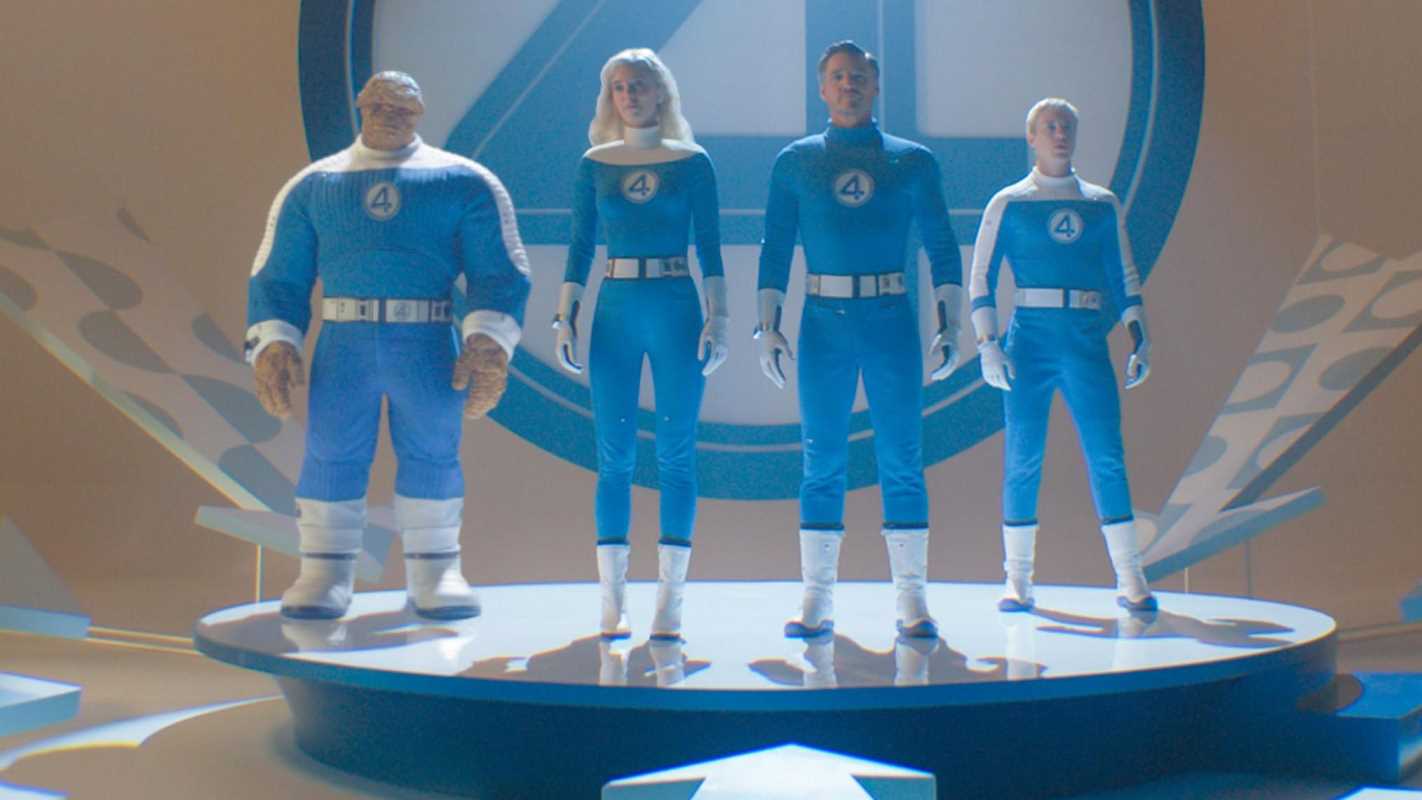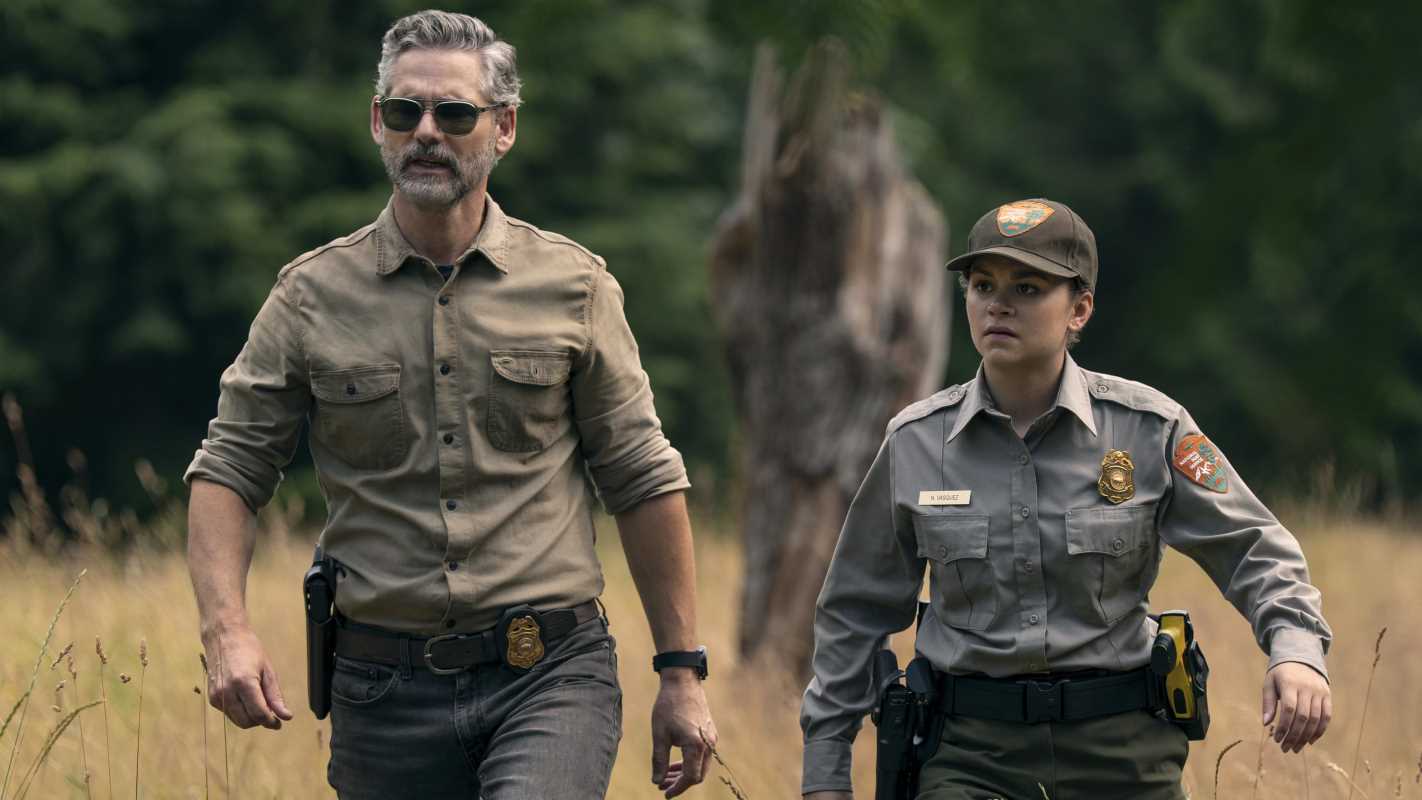Welcome to the wild, green, and gloriously weird world of Annalee Newitz’s "The Terraformers." If you’ve ever wondered what 60,000 years of interplanetary landscaping might look like (and who hasn’t, honestly?), buckle up. This book isn’t just an epic romp through time, it’s a neon-lit parade of eco-warriors, sassy robots, and talking animals who all have a stake in what the future should look like—and plenty of opinions to share.
One Planet, Three Epic Chapters, and a Lot of Dirt
Step onto planet Sask-E, where Newitz’s imagination goes all out with a tale told over three big, juicy acts spaced thousands of years apart. Forget your typical spacefaring saga—this one’s less about lasers and more about compost, politics, and a future so lively you’ll wish terraformers would hurry up on Mars already.
Each part plunges you into a different phase of planetary tinkering. At first, you’re up close with the folks hacking at the crust and introducing clouds—yes, you’ll learn more about geoengineering than you thought possible (but in that fun, this-matters-more-than-I-realized way). Fast forward a couple millennia, and you’ll meet newcomers wrestling with the forests and cities their distant ancestors dreamt up. And then, just when you think the place can’t get stranger, boom! The future leaps forward with trains-turned-civil-rights-activists and a whole lot of species (not just humans) demanding their place under the sun. It’s a sprawling, time-hopping adventure, with enough big ideas to power a fleet of solar rovers.
Cast of Characters
Newitz stretches the definition of "relatable protagonist" so far, you’ll find yourself rooting for a moose named Whistle, a friendly slug, and an AI with a major superiority complex. But the cast is led by Destry, a terraformer with dirt under her nails (and possibly a cause of existential dread or two). She’s not just building hills—she’s wrestling with ethical quagmires, sneaky corporations, and the occasional indoor plumbing disaster.
The book bursts at the seams with diverse characters, from bioengineered beavers to walking, talking trains with revolutionary dreams. And let’s not forget the love stories—sweet, goofy, and totally inclusive—woven into the plot. Romance, in "The Terraformers," can mean a lot of things, but it always means finding someone (or something) who gets your politics, your quirks, and maybe even your favorite mud pie.
Imagination Gone Wild
Let’s be real—this book is packed with big environmental questions: Who owns a planet? Can a beaver unionize? What does “nature” even mean when you can print a forest from code? But Newitz never lets the weighty stuff bog down the ride. Instead, they have a blast with it. There are snarky jokes, tongue-in-cheek nods to classic sci-fi, and moments where you’ll laugh out loud at bureaucratic robots haggling over environmental impact statements.
The world-building is, frankly, a technicolor fever dream. Want dome cities? Here you go. Need a lesson on river restoration from a river? Why not. Feel like following a grassroots movement led by a moose? You’re in luck. Newitz has so much fun tossing out wild ideas that you might forget just how sharp their satire is—until it lands with a satisfying “gotcha.”
Eco-Activists, Political Shenanigans, and Sci-Fi for Smart Alecks
Of course, there’s more to "The Terraformers" than talking critters and pithy one-liners. At its heart, the book is a playful yet pointed warning about climate change, unchecked development, and the way people (and non-people) make community out of chaos. Newitz is sly, slipping big questions into scenes between lunch breaks and city council meetings. Who gets to decide what’s “natural” when we’re all meddling with nature? And why should a train or a slug have less say than a human, just because their ancestors were metal or mucus?
Politics in Sask-E are as messy as a mudslide, and the action never lags for long. There are property squabbles, secret cabals, labor strikes led by sentient vehicles (truly iconic), and plenty of heartfelt debates about fairness, justice, and what makes a place feel like home. You’ll come for the outlandish premise; you’ll stay for the surprisingly moving moments when activists—be they human, animal, or AI—model what real solidarity looks like.
Where It Soars (and Where It Slogs)
If you love immersive world-building and stories that don’t take themselves too seriously, "The Terraformers" is a buffet of delights. Newitz crafts settings so vivid, you can practically hear the trees photosynthesizing. There’s a wild, infectious optimism bubbling beneath the jokes, one that believes the future—however weird—is worth fighting for.
But heads up: sometimes that world-building goes on a bit long, with the occasional info-dump or high-concept speech slowing things down. The middle chunk, especially, can get bogged down in the finer points of land management, so if you start longing for another moose chase or revolutionary rally, you’re not alone. And not every side character gets the sendoff they deserve, but when the population includes both beavers and billionaires, somebody’s bound to get shortchanged.
Why You’ll Want to Read It
What sets "The Terraformers" apart is its blend of sweeping sci-fi speculation, environmental geekery, and a surprisingly irreverent sense of humor. Newitz never preaches—they poke, prod, and invite you to laugh at the “future of sustainability,” then slip in some real talk about community, justice, and loving the messy world you’re in.
Speculative fiction fans will find a playground of what-ifs, newcomers can jump in without a galactic field guide, and anyone who’s tired of grimdark futures will be thrilled to find a story that suggests, just maybe, the next era of humanity could be both wild and kind.
So bring your garden gloves, sharpen your wits, and get ready for one of the most original eco-adventures you’ll pick up this year. "The Terraformers" is a big, bright, and brilliantly bonkers book—and odds are, it’ll grow on you.. The inclusive representation and progressive themes create welcoming environment for diverse reader demographics.
Rating: 7.5/10
 (Image via
(Image via

.jpg)



